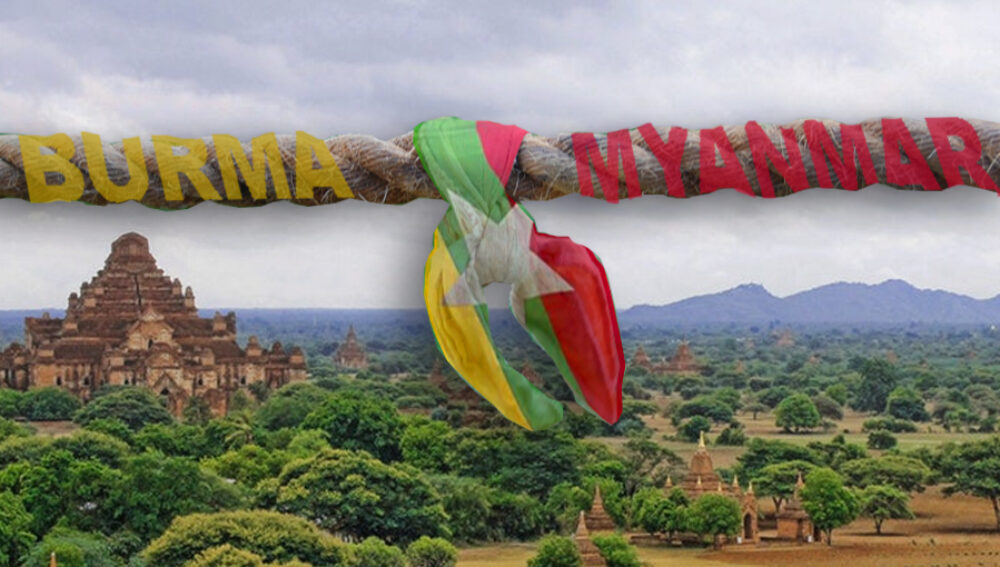A decision by the US to accept the name Myanmar seems unlikely any time soon.
When Aung San Suu Kyi’s National League for Democracy (NLD) won the historic 2015 elections, some observers wondered if it would resolve one of her country’s most symbolic issues on the international stage: what to call it. Changed by the military government in 1989 from Burma to Myanmar, much of the international community agreed to recognise the name change. Yet, the United States and the United Kingdom, among a small group of countries, continue to use the name Burma. Why?
The US and others that have not recognised the name change generally argue that it was made without the consent of the people and was thus illegitimate. The military regime, however, has said that “Burma” only refers to its largest ethnic group and is not inclusive of the country’s other 134 ethnic communities. In practice, however, both terms have been used for centuries. Burma, which became the country’s official name under British colonial rule and stuck after independence, was used primarily in spoken language, whereas Myanmar was the formal term generally used in written communication.
Please click here to read the full “What’s in a name: Burma or Myanmar” article at the USIP Olive Branch, written by Adam Gallagher and Griffith Asia Institute Adjunct Associate Professor, Dr Andrew Selth.








